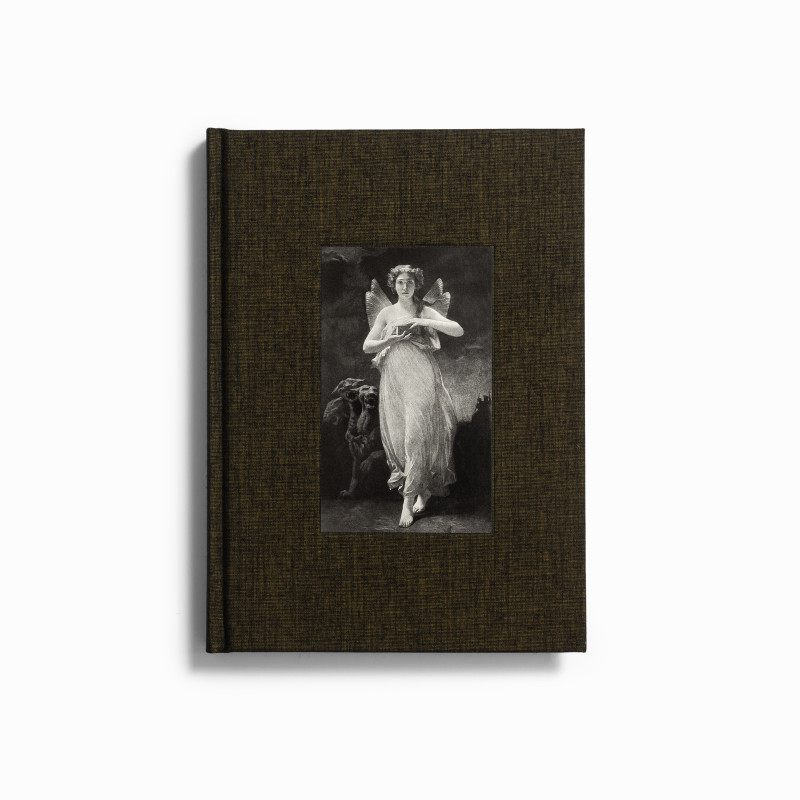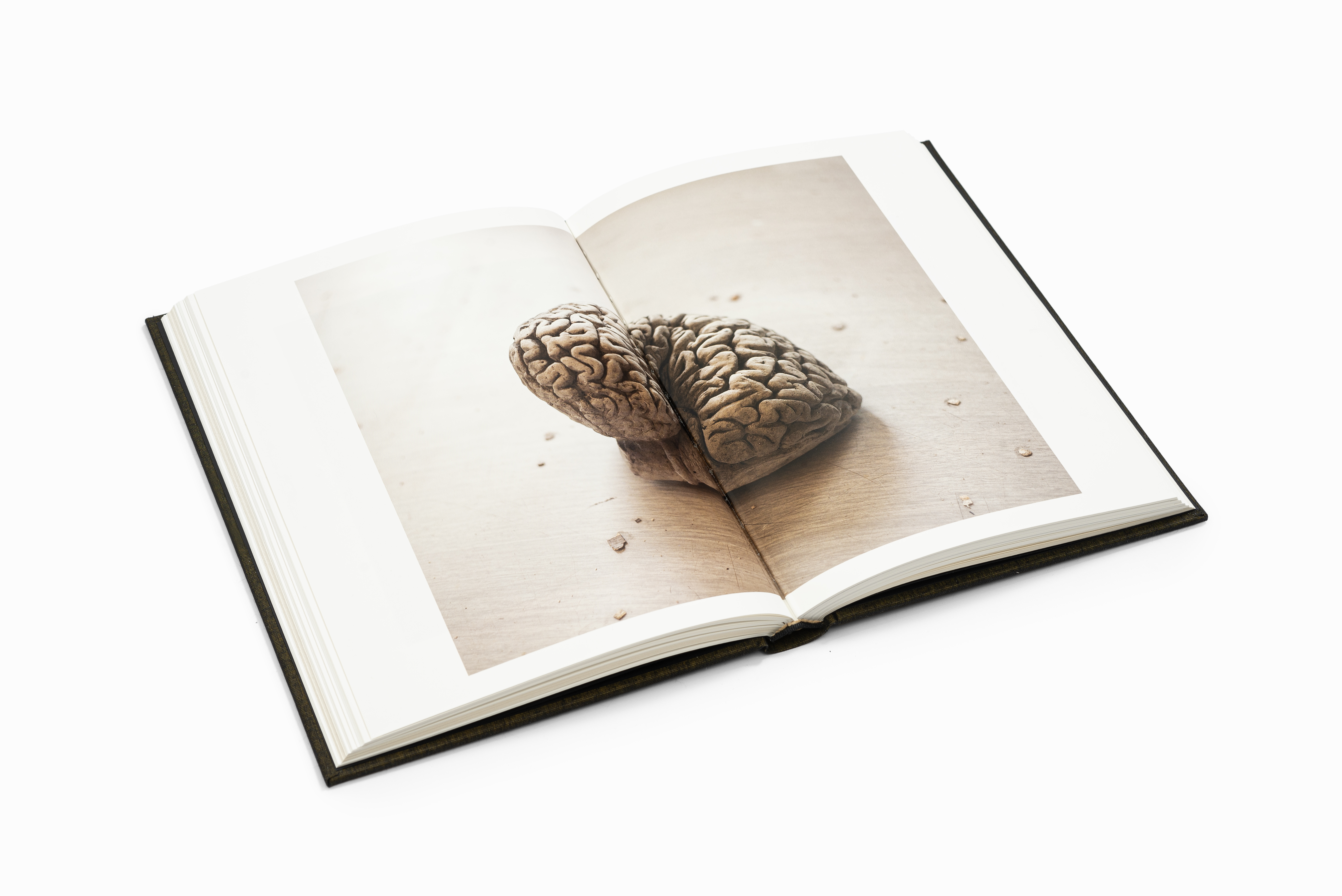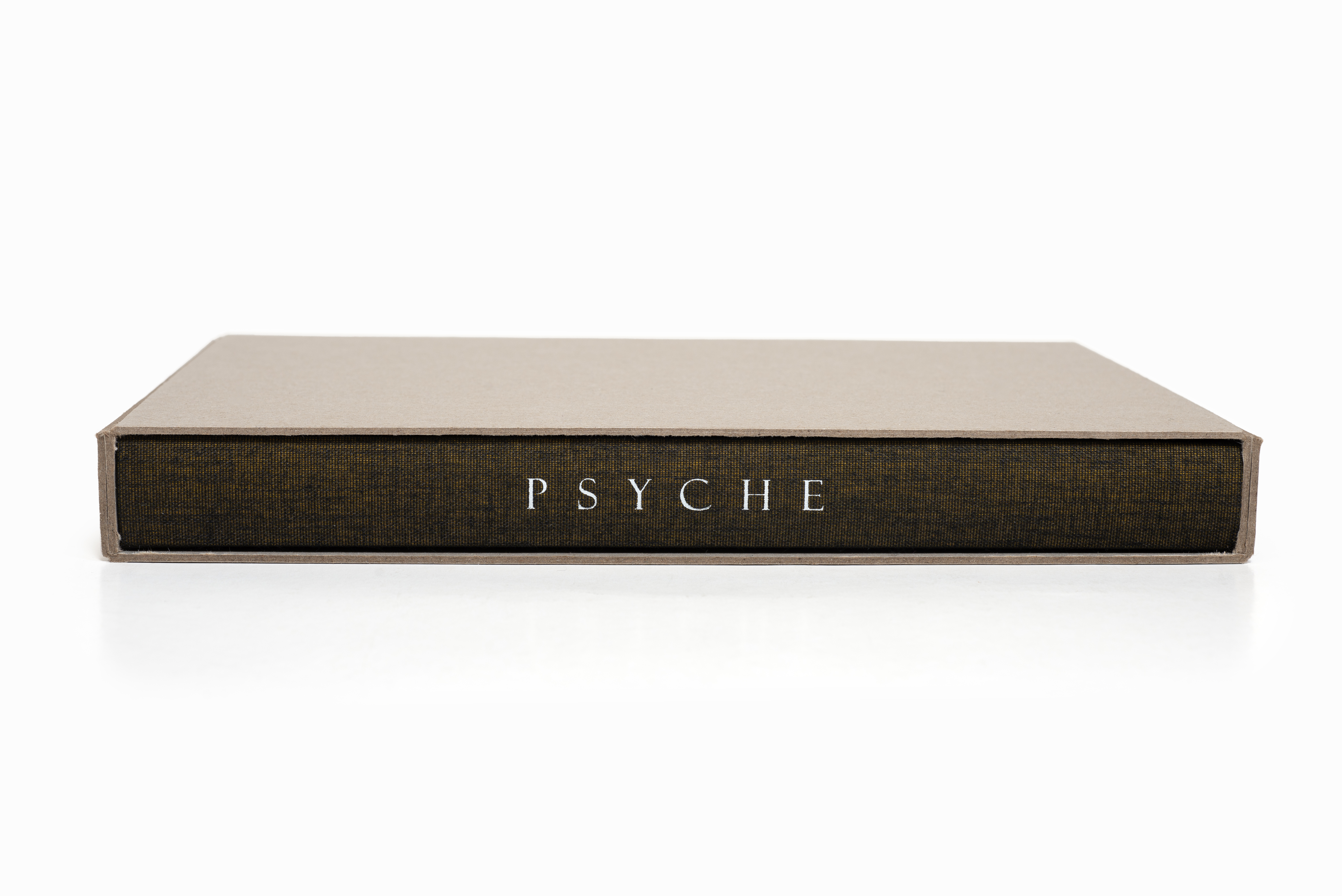











For several years, Argentine photographer Pablo Cabado captured the interior of what used to be the laboratory of Christofredo Jakob, a German-born psychiatrist, neurobiologist, and philosopher who arrived in Argentina in 1899 and taught prominent Argentine scientists. The introductory text is written by young Argentine historian Diego Castelfranco.

